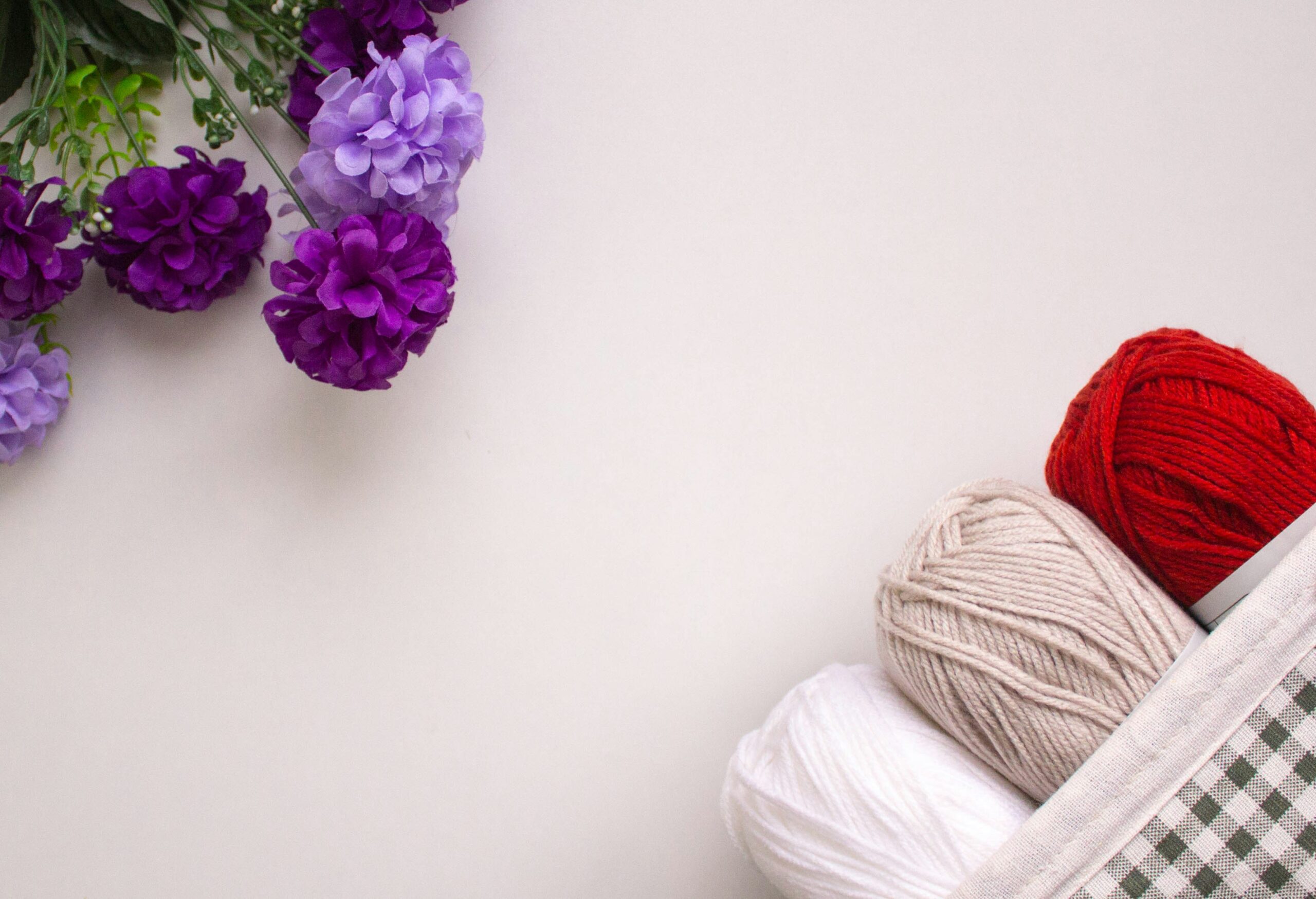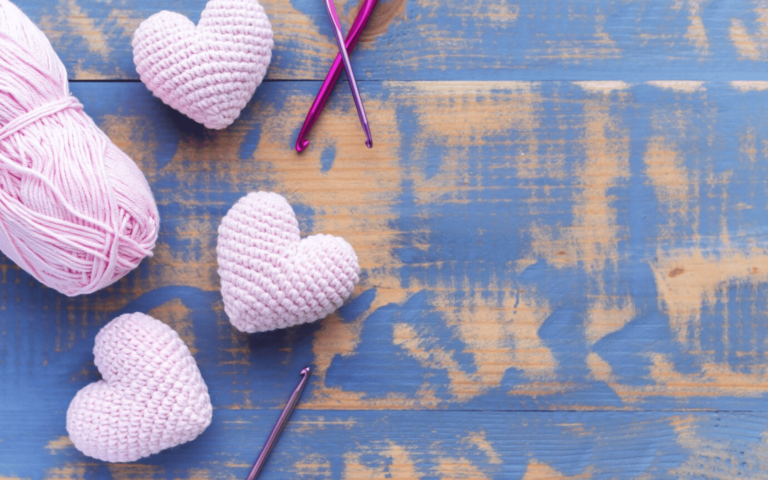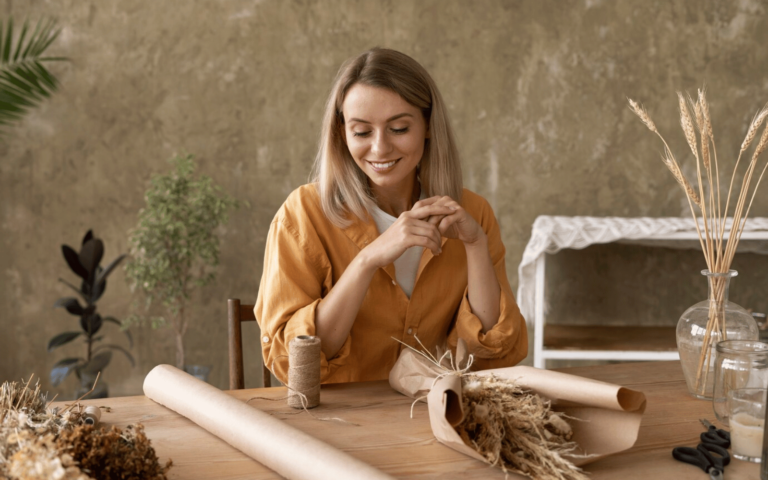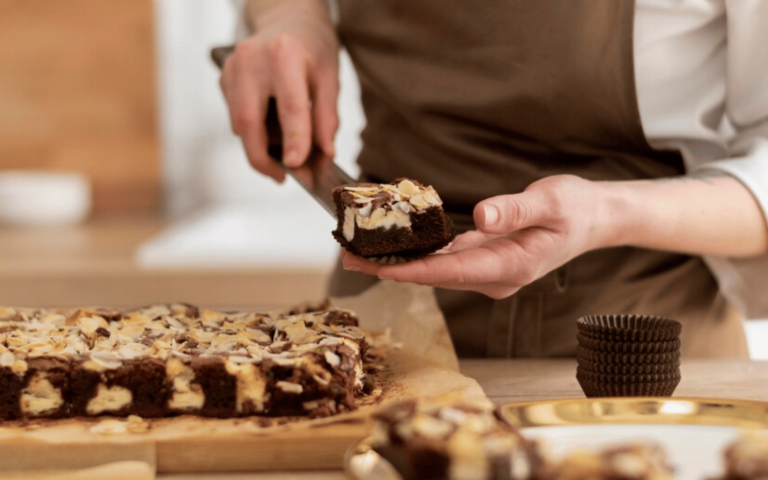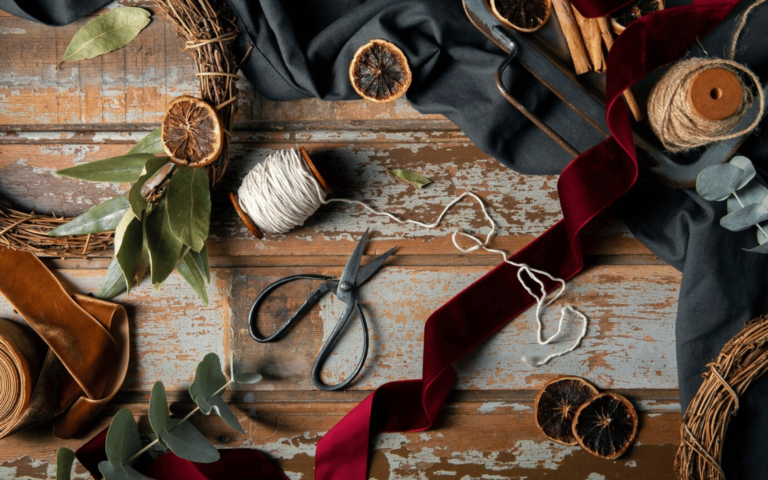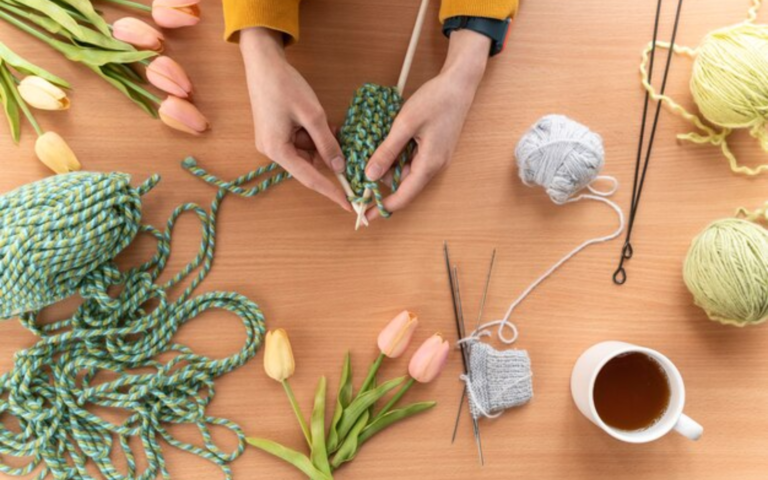Advanced Lace Knitting: Techniques and Patterns for Intricate Designs
Are you prepared to enhance your knitting expertise by looking into the realm of Advanced Lace Knitting?
This comprehensive article will serve as a guide through the intricate world of Advanced Lace Knitting. It will encompass fundamental tools and materials, as well as basic and advanced techniques crucial for crafting intricate and aesthetically pleasing lace designs.
Whether your interest lies in understanding lace charts or incorporating embellishments like beads and sequins into your projects, this article provides a comprehensive overview.
Prepare to delve into popular lace knitting patterns, ranging from shawls and wraps to socks and mittens, as you elevate your knitting proficiency to new levels.
What is Advanced Lace Knitting?
Advanced Lace Knitting is a sophisticated form of needlework that entails the creation of intricate designs through advanced techniques, demanding a considerable degree of skill and precision.
This artisanal craft boasts a rich heritage spanning centuries, originating in Europe where it symbolized opulence and refinement. Lace knitting is renowned for its production of delicate and elaborate patterns, ranging from floral motifs to geometric designs, imbuing garments and textiles with a sense of grace. Those artisans who achieve mastery in this craft are esteemed for their capability to elevate simple yarn into breathtaking lacework, underscoring their ingenuity and meticulousness.
The expertise necessary to craft these intricate designs underscores a commitment to upholding the tradition of handcrafted beauty within the realm of textile art.
Tools and Materials for Advanced Lace Knitting
When engaging in advanced lace knitting endeavors, it is imperative to possess the appropriate tools and materials in order to attain optimal outcomes. This includes utilizing specialized lace knitting implements, high-grade yarns, and exacting needlework.
Essential Supplies
The components necessary for advanced lace knitting encompass a diverse array of supplies, including assorted needles, superior-grade yarns, and supplementary tools like stitch markers and cable needles.
The needles utilized in lace knitting are available in various sizes and configurations, such as circular needles for working in a circular manner and sharply pointed needles designed for intricate lace patterns. Opting for high-quality yarns, such as those crafted from alpaca, silk, or merino wool, can significantly elevate the overall aesthetic and tactile qualities of the completed project.
Additionally, essential tools like blocking mats, T-pins, and a row counter play a pivotal role in facilitating the attainment of professional-grade outcomes in the realm of lace knitting.
Recommended Yarns and Needles
In the realm of advanced lace knitting, the selection of appropriate yarns and needles holds paramount importance. Fine laceweight yarns and long, tapered needles are commonly recommended for achieving optimal results in intricate lace projects.
When embarking on the creation of complex lace patterns, it is advisable to opt for yarns crafted from delicate fibers such as merino wool, silk, or alpaca due to their inherent smoothness and elegant drape. Renowned brands like Malabrigo Lace, Madelinetosh Prairie, and Shibui Knits Cima are widely favored among enthusiasts of lace knitting.
Regarding needles, the utilization of long circular needles endowed with sharp tips can significantly enhance the execution of intricate stitch work and simplify the handling of multiple stitches. Materials like metal or carbon fiber are preferred for their smoothness and robustness, providing the requisite support for effortlessly manipulating fine laceweight yarns.
Basic Techniques for Advanced Lace Knitting
Proficiency in fundamental techniques of advanced lace knitting is crucial for the creation of intricate and aesthetically pleasing designs. This begins with a thorough comprehension of knitting charts and the precise execution of increases and decreases.
Reading Lace Charts
The ability to interpret lace charts is a fundamental skill in advanced lace knitting, as these charts visually depict the lace patterns and stitches utilized in the project.
Comprehension of the symbols and notations commonly employed in lace charts enables knitters to effectively navigate intricate designs. For example, a dot denotes a knit stitch on the right side and a purl stitch on the wrong side, while a circle represents a yarn over. A slash may indicate a decrease, and an empty square signifies a knit stitch.
To accurately follow lace charts, it is imperative to methodically read them row by row, moving from right to left for right-side rows and from left to right for wrong-side rows.
By mastering these symbols and techniques, knitters can adeptly create exquisite lace patterns.
Working Increases and Decreases
The precise execution of increases and decreases plays a crucial role in the structure and visual appeal of lace knitting, facilitating the development of the intricate patterns that define this craft.
Proficiency in techniques such as yarn overs for increasing stitches or k2tog for decreasing stitches is essential for attaining the fine lacework that knitters aspire to create. When applying these methods, maintaining appropriate tension is paramount to guarantee consistency and prevent irregularities, such as loose or tight areas within the pattern. By consistently focusing on the size and placement of stitches, individuals can uphold a tidy and refined appearance throughout their lace project, culminating in a exquisitely detailed final piece.
Advanced Techniques for Intricate Designs
Exploring advanced techniques is crucial for crafting intricate lace designs, which involve incorporating elements such as cabling, twisted stitches, and embellishments like beads and sequins.
Cabling and Twisted Stitches
The incorporation of cabling and twisted stitches in advanced lace knitting adds a dimension of texture and intricacy that enhances the visual appeal of the patterns. By integrating these techniques, one can elevate the complexity and sophistication of lace knitting projects to a higher level.
To introduce cabling into a lace pattern, individuals must carefully cross stitches over each other using a cable needle or opt for a more advanced method that does not require one. Twisted stitches, on the other hand, entail knitting or purling into the back of the stitch to create a twisted effect. For instance, the combination of cables and twisted stitches in a lace panel can yield elaborate motifs such as traveling vines or intricate diamond patterns.
Following a series of detailed instructions can assist individuals in mastering these techniques for their future lace knitting endeavors.
Using Beads and Sequins
Incorporating beads and sequins into lace knitting enhances the intricate designs, adding elegance and sparkle to the final piece, resulting in a truly unique creation.
Strategically placing beads along the edges of lace motifs or scattering sequins throughout the fabric can create a visually stunning effect. Pre-stringing beads onto the yarn before knitting enables a seamless integration of these embellishments. Alternatively, using a crochet hook to add beads during the knitting process offers more flexibility in design placement and allows for spontaneous embellishment.
These subtle additions have the ability to elevate even the simplest lace patterns into luxurious and dazzling creations that capture attention by reflecting light and creating a captivating visual display.
Popular Lace Knitting Patterns
The repertoire of popular lace knitting patterns encompasses a diverse array of projects, ranging from intricate shawls and wraps to functional items such as socks, mittens, scarves, and cowls. Each of these projects serves to highlight the versatility and aesthetic appeal inherent in lace knitting.
Shawls and Wraps
Lace shawls and wraps represent esteemed endeavors in the realm of advanced lace knitting, revered for their intricate designs and graceful draping.
The art of knitting lace shawls and wraps captivates numerous knitting enthusiasts with its delicate aesthetics and elaborate patterns. Within lace projects, intricate designs often entail a blend of yarn overs, decreases, and meticulous stitchwork, culminating in a visually striking final creation.
For instance, the ‘Feather and Fan‘ pattern stands as a timeless selection recognized for its rhythmic, undulating waves. Another favored pattern, the ‘Peacock Feather Shawl,’ showcases elaborate lace motifs reminiscent of the majestic plumage of a peacock.
To effectively craft a lace shawl or wrap, it is imperative to utilize premium-quality yarn, maintain precise stitch counts, and employ blocking techniques to accentuate the intricate lacework.
Socks and Mittens
The fusion of functionality and intricate lace stitches in lace socks and mittens results in unique and aesthetically pleasing accessories that serve to highlight the knitter’s level of expertise.
Crafting lace socks and mittens can prove to be a gratifying pursuit for knitters of all proficiency levels. The delicate stitch patterns and intricate techniques inherent in lace knitting contribute an element of refinement to any wardrobe. Noteworthy lace patterns encompass the feather and fan stitch, diamond lace, and Estonian lace.
To ensure a precise fit, it is imperative to meticulously measure the circumference and length of the recipient’s hand or foot prior to commencing the project. The utilization of fine yarn and smaller needles can facilitate the creation of a more intricate lace design.
Scarves and Cowls
Lace scarves and cowls serve as versatile accessories capable of enhancing any attire through their intricate designs and delicate patterns.
Various lace patterns are available to infuse scarves and cowls with an air of sophistication, rendering them appealing for both casual and formal occasions. The feather and fan stitch, for instance, produces a delicate, undulating pattern that can lend a whimsical touch to one’s ensemble. Another favored selection is the diamond lace pattern, offering a classic and enduring appearance.
During the creation process of these accessories, it is imperative to utilize fine yarn and appropriately sized needles. Doing so ensures that the intricate lace designs manifest in a visually striking manner.

